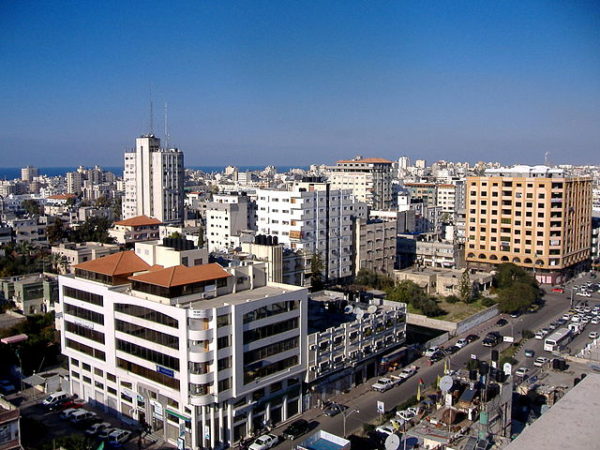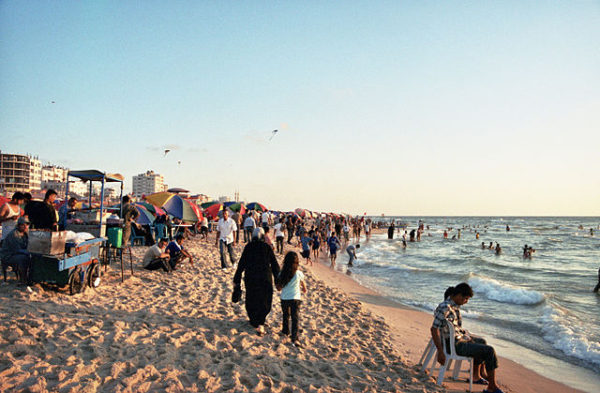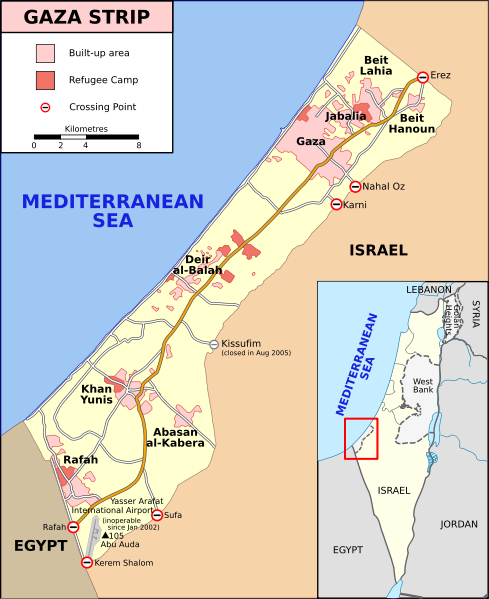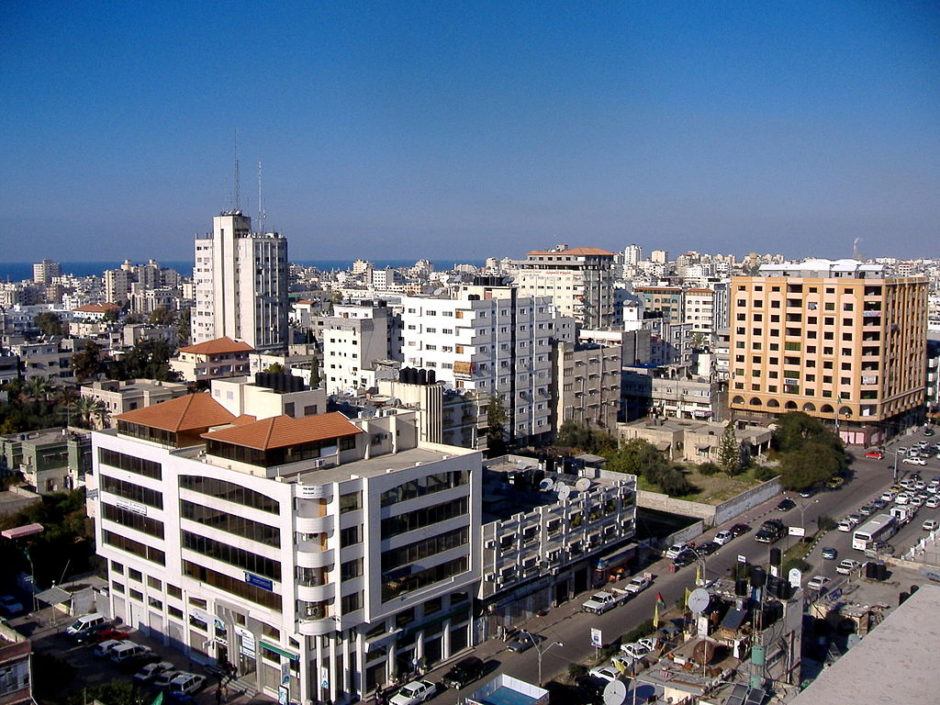
The Gaza Strip, governed by Hamas since its election victory in 2006, may yet drag Israel into another war.
Last month, Israel’s chief of staff, General Gadi Eisenkot, warned the Israeli cabinet that deteriorating humanitarian and economic conditions in Gaza — electricity, water and food shortages — are driving Israel and Hamas toward armed conflict again.

Since Israel’s unilateral withdrawal from Gaza in 2005, Israel and Hamas have fought a succession of skirmishes and faced each other in three wars. Although Israeli intelligence officials believe that Hamas seeks to avoid a war with Israel at this juncture, Israel could well be sucked into a fourth round of warfare should the current crisis in Gaza remain unresolved, Eisenkot said.
The United Nations’ envoy to the Middle East, Nicolay Mladenov, claims the situation is untenable. As he put it recently, “We are well beyond a humanitarian crisis, but on the verge of a total system failure in Gaza, with a full collapse of the economy and social services, with political, humanitarian and security implications to match.”

On February 14, the United Nations Security Council held a closed-door meeting at the request of Kuwait and Bolivia to discuss Gaza’s plight. The following day, a spokesman for the UN secretary‑general attributed the worsening conditions to funding cuts by the United States to the United Nations Relief and Works Agency, the closure of Israel-Egypt border crossings and the current state of Palestinian reconciliation efforts.
By any measure, Gaza — population two million — is a basket case.

Unemployment surpasses 40 percent, and few, if any, new jobs are being created. The poverty rate stands at 80 percent. Tap water is mostly undrinkable. Sewers often overflow and raw sewage befouls neighborhoods, beaches and fishing grounds. Gazans have access to only a few hours of electricity a day, darkening homes and threatening companies and hospitals with power outages.
Worse still, tens of thousands of Gazans are homeless.

During the last war in 2014, which lasted 50 days, 20,000 residential homes were destroyed and more than 150,000 were damaged. In the wake of the war, an international donor conference in Cairo pledged $3.5 billion in reconstruction assistance. According to the World Bank, only 53 percent of this aid had been delivered.
Gaza’s plight is exacerbated by a siege imposed by Israel and Egypt. Both blockades have been operational since 2007, the year Hamas ousted its rival, the Palestinian Authority, from Gaza. Hamas has called for a lifting of the siege, which restricts imports and exports. Israel maintains it has no alternative but to keep it in place due to Hamas aggression.
Hamas, which rejects Israel’s existence and a two-state solution, has fired thousands of rockets and mortars at Israel since its evacuation of Gaza. In response to these periodical barrages, Israel launches retaliatory tank, artillery and air strikes. These tit-for-tat exchanges continue to this day.

Although Hamas ascribes much of Gaza’s misery to the siege, it also lays some of the blame at the doorstep of the president of the Palestinian Authority, Mahmoud Abbas. Last April, in a bid to exert control over Hamas, he drastically reduced the salaries of thousands of civil servants who remained on the payroll following Hamas’ violent seizure of Gaza. In addition, Abbas cut off funding to keep Gaza’s only power station working.
Hamas, ruled by Ismail Haniyeh, tried to curry favor with the Palestinian Authority by agreeing to reconciliation talks and by ceding control over border crossings. But negotiations have floundered, partly because Hamas resolutely refuses to disarm its military wing.
Until a few years ago, Hamas managed to sidestep the siege by taxing imports smuggled into Gaza through an elaborate network of tunnels starting in the Sinai Peninsula. But after Abdel Fatah al-Sisi’s seizure of power in 2013, Egypt began to systematically destroy and flood these tunnels, much to Israel’s satisfaction. Egypt launched this offensive due to Hamas’ suspiciously close relationship with the Muslim Brotherhood, which Sisi’s government summarily banned after the arrest of Egypt’s first democratically elected president, Mohammad Morsi.
As a result of Egypt’s measures, Hamas lost much of the tax revenue it had depended on, thereby deepening the economic malaise gripping Gaza.
Despite its cold relations with Hamas, Egypt maintains contact with both Hamas and its rival, Fatah, in the hope of furthering the moribund reconciliation process and finding a solution to Gaza’s ills.
Realizing that Gaza’s woes may land in its lap, Israel has loosened some border restrictions.
On February 21, Israel decided to grant entry permits to 3,000 Gazan merchants and permitted Gazan fishermen to work further from shore. Israel also has allowed large quantities of goods, notably wood, cement and medical equipment, to enter Gaza via border crossings. And in a deal brokered by the International Committee of the Red Cross and announced on January 30, Israel has let around 280 Gaza farmers to cultivate land very close to the border that had been off-limits to them for the past 13 years.
Qatar, an Arab state which supports Hamas and has no diplomatic relations with Israel, has been working closely with the Israeli government to channel aid to Gaza. Qatar’s representative in Gaza, Mohammad al-Emadi, works in league with General Yoav Mordechai, the coordinator of Government Activities in the Territories.

“When you want to do work in Gaza, you have to go through the Israelis,” Emadi told the Associated Press last month. “To help the people of Gaza, this is our only target and aim.”
Under his supervision, Qatar has contributed hundreds of millions of dollars to projects — high-rise housing, a rehabilitation hospital and a highway — designed to alleviate Gaza’s problems. On February 8, in its latest initiative, Qatar sent $9 million to supply Gaza hospitals with fuel and medicines. The day before, the United Arab Emirates made a $2 million donation.
These donations could make a real difference in Gaza. But if another war erupts, they would be blown away in the wind.
